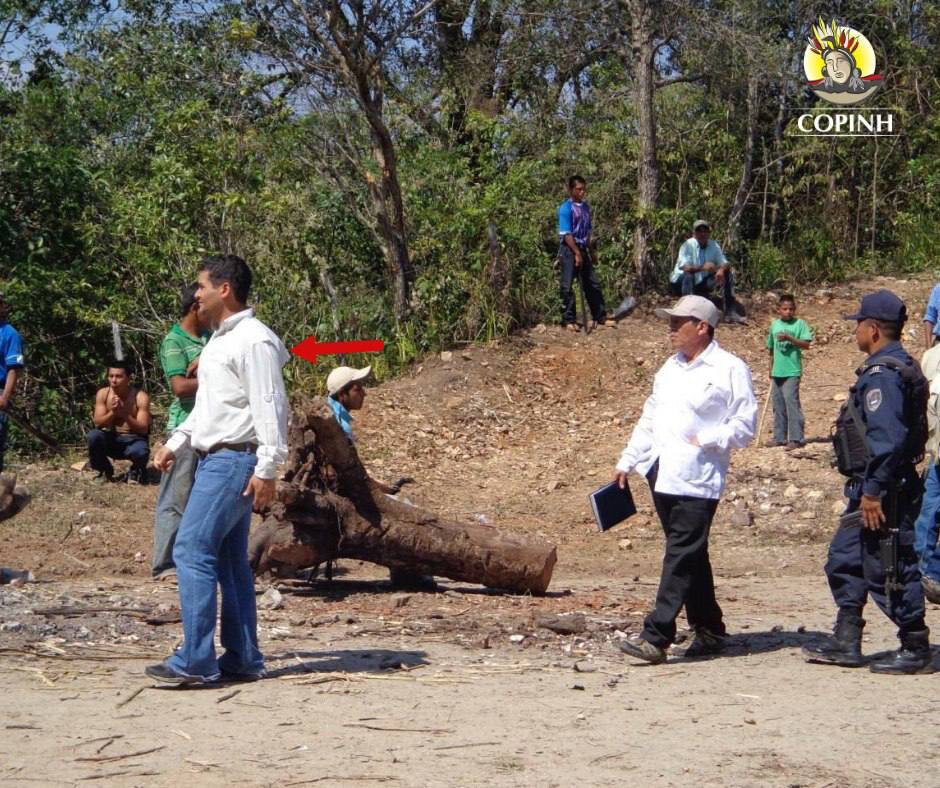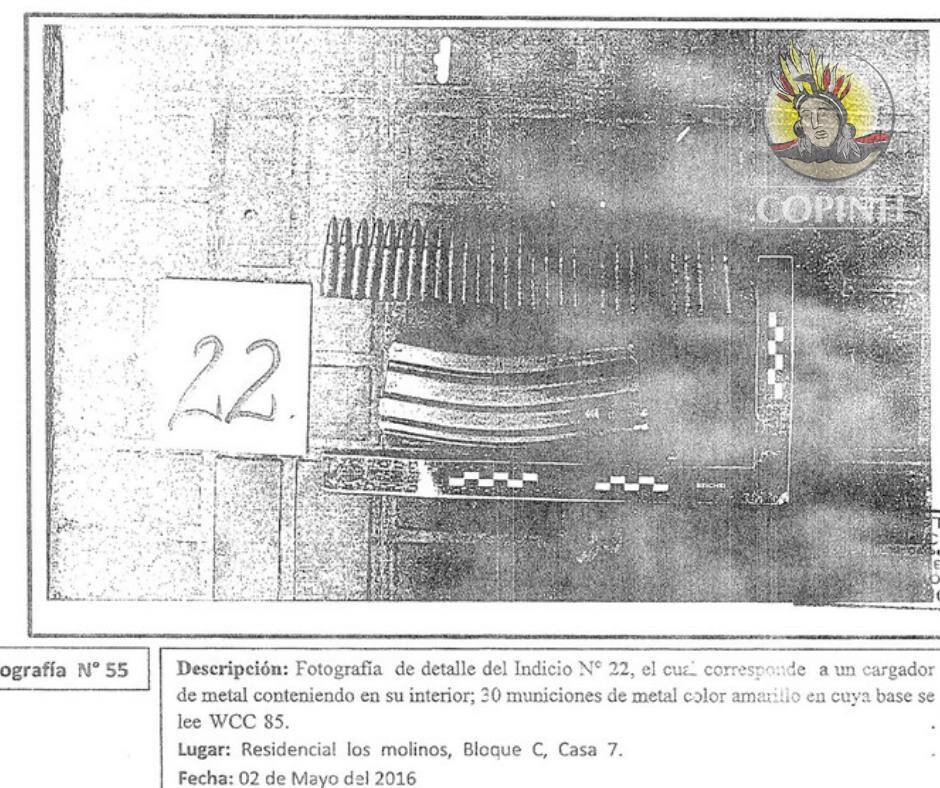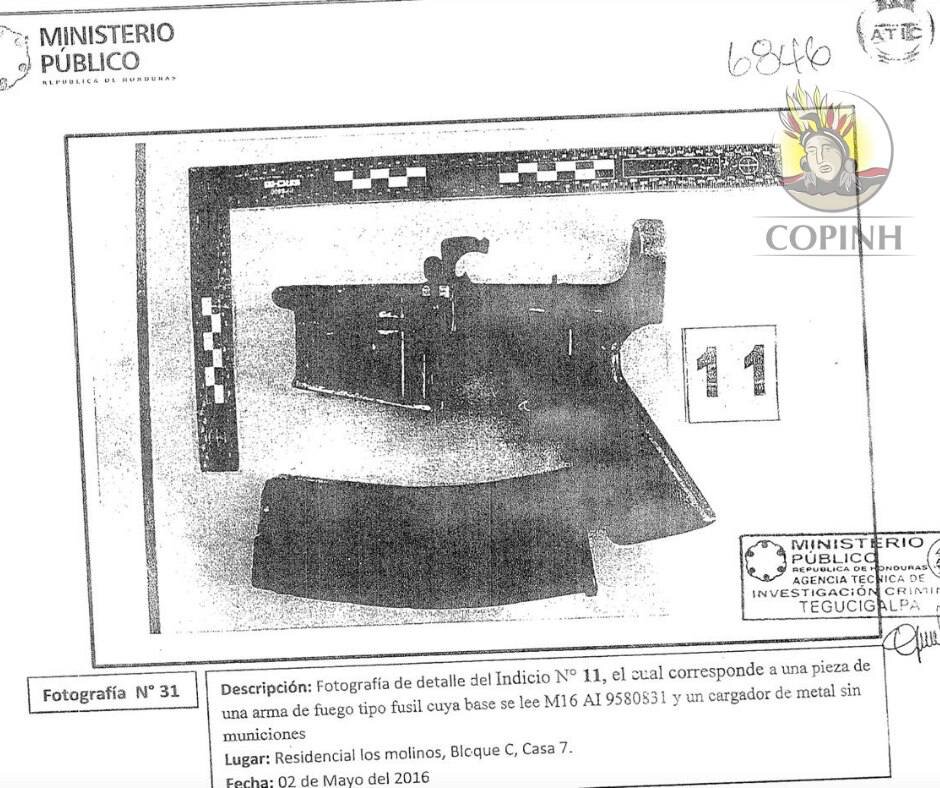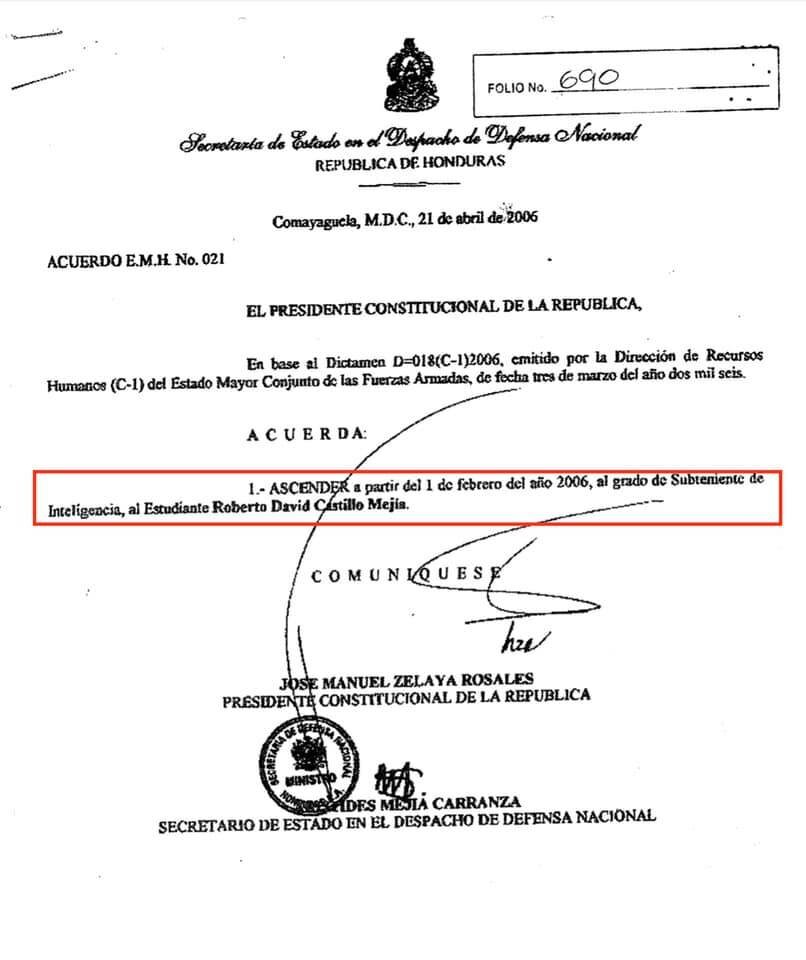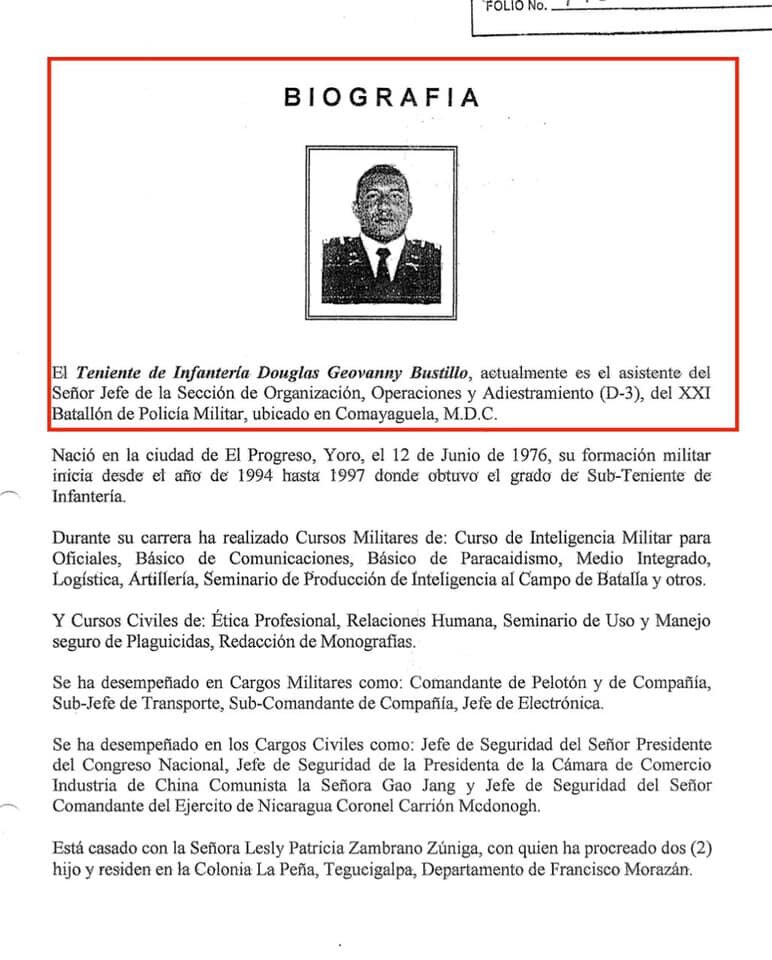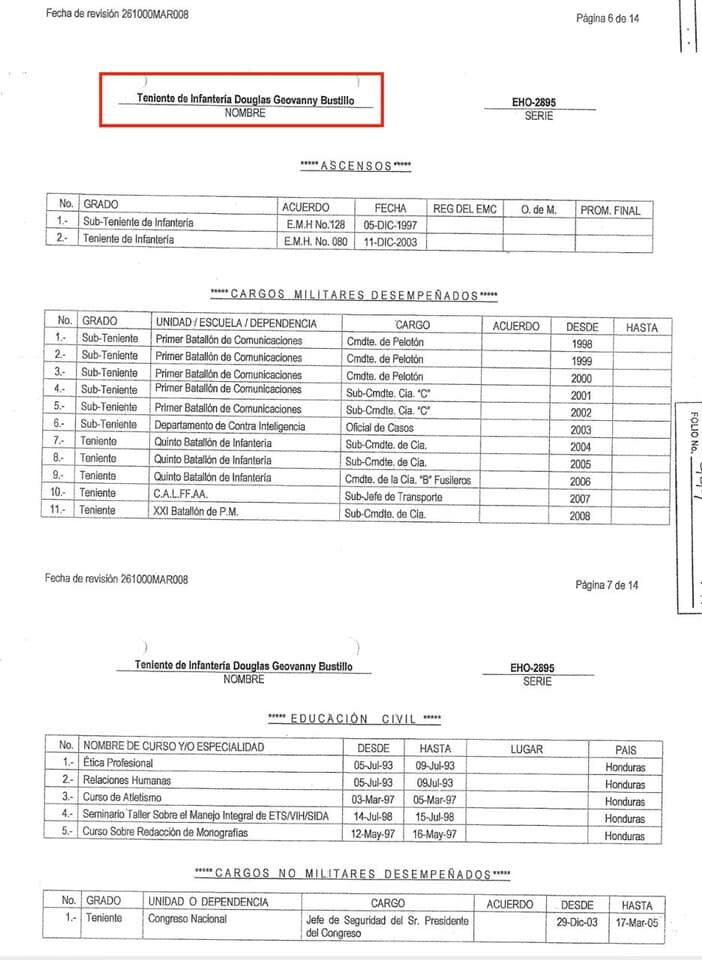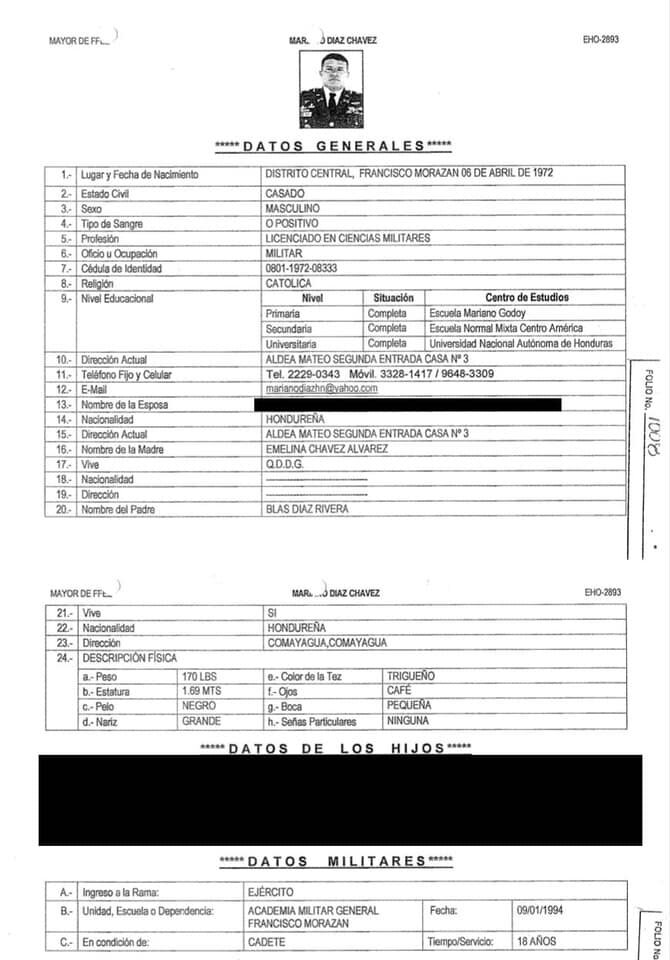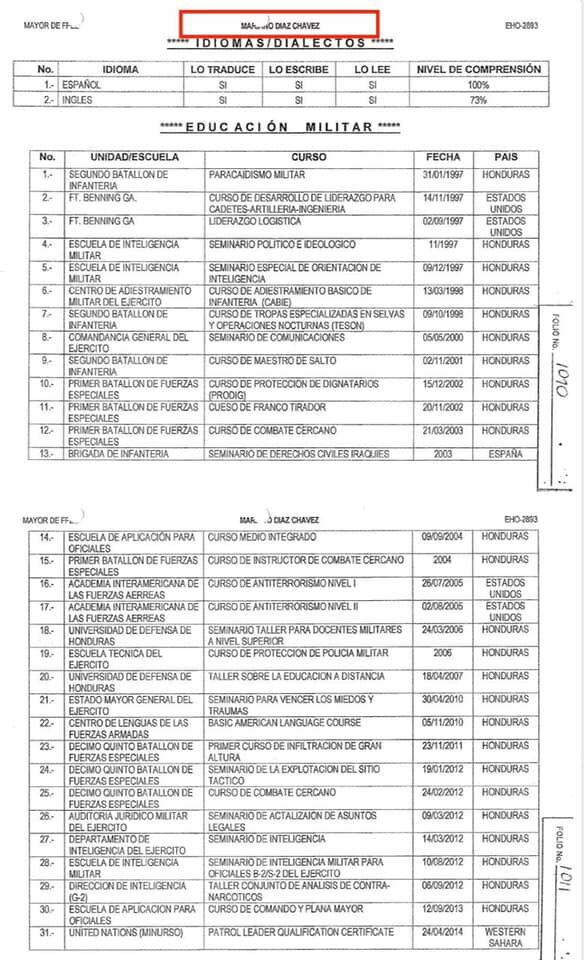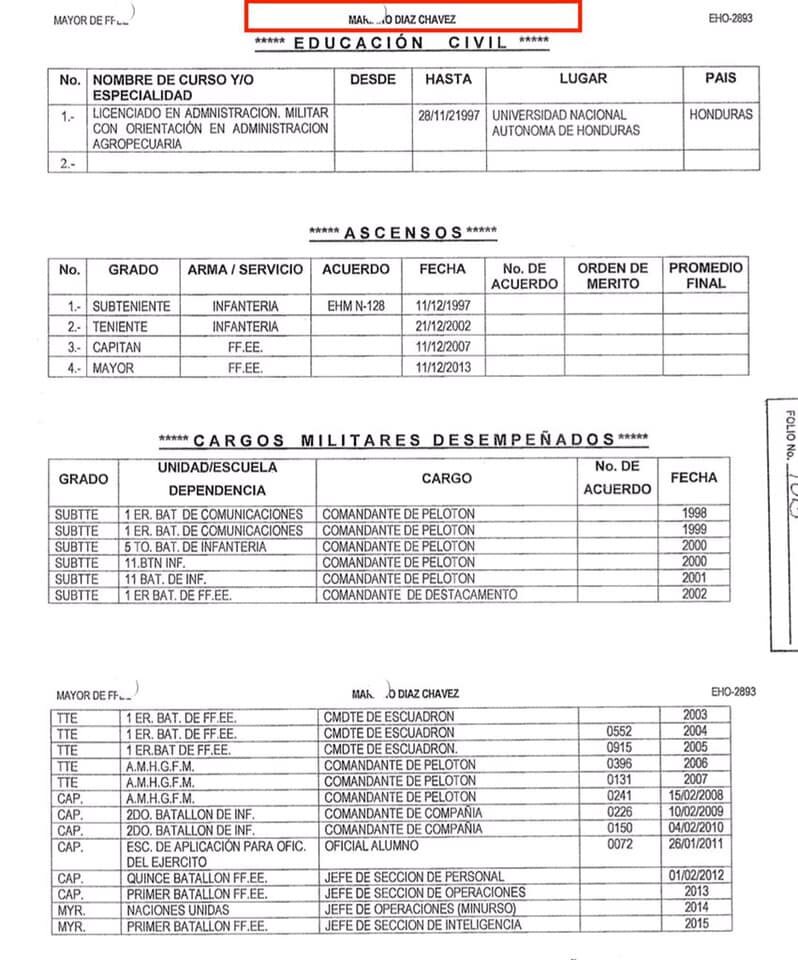Last update: April 28 at 3:38 pm
Main Points of the Day
Court rejects the documents presented as evidence by the attorneys of the Cáceres’ family that demonstrate David Castillo’s role in the company PEMSA and the bank transfer request solicited by Daniel Atala from CONCASA to PEMSA for $1.254 million just days before Berta’s murder.
Court accepts all three of the expert witnesses (arguably a unique acceptance in the Honduran judicial context) proposed by the private accusers representing the Cáceres family titled:
“Analysis of Roberto David Castillo Mejía’s position of power in a business-institutional setting and his involvement in the planning, coordination, and execution of Berta Cáceres Flores’ murder” by Harald Waxenecker
“Analysis of the frequency of telecommunications between the members of the organized structure that planned, coordinated, and executed the operation to murder Berta Cáceres” by Andrés Arrieta; and
“Analysis of the situation and condition of violence experienced by indigenous women and women human rights defenders” by Gladys Tzul.
The court decides to allow Laura Zúniga and David Castillo’s mother into observe the trial. COPINH denounces that this equates their participation in the process and in doing so, the court is rejecting Laura’s unique legal status as a victim which gives her the right to actively participate in the process.
At 7:30 pm, the opening statements were presented and the murder charge against David Castillo were formalized. The trial has now begun. The defense’s principal argument is that the Honduran state and investigators manipulated the investigation from the beginning, excluding relevant lines of investigation. The prosecutors focused their remarks on Castillo’s role within the organized criminal group that murdered Berta, specifically his communications with Bustillo. The private accusers argued that the context of the case began as early as the granting of the concession to build the Agua Zarca dam and Berta’s role in resisting the project led DESA - it’s employees like Castillo and executives - to monitor, criminalize, and murder her.
Trial was suspended at 10:10 pm and tomorrow, is scheduled from 8:30 to 10 am, then 1 to 3 pm, and again at approximately 4 pm until the judges decide to suspend for the day.
More Details
Context
The trial was originally scheduled to start at 9 am but was postponed until 1:45 pm. Proceedings began at 2 pm until 5 pm when the judges called a recess to deliberate. The presiding judge notified the parties that they should be ready to return to the court this evening and expect to stay later than yesterday (which ended at 9 pm). Today’s proceedings ended at 10:10 pm.
Initial Resolution of the Court Regarding Newly Presented Evidence
NOTE: After the resolution was given, all parties that want to appeal or ask the court to reconsider their decision or argue in favor of the court’s decision based on objections from other parties, were permitted to do so. Below the court’s resolution and the relevant responses from each party. In addition, just to clarify, the evidentiary hearing was held in February 2021 but all parties have the opportunity prior to the opening remarks, to present new or clarify evidence within certain legal parameters. To review this new evidence, see the trial notes from day one, day two, and day three.
Regarding New Evidence Presented by the Prosecutors, the Court Determined:
Accepts the request related to the ratification of a legal document pertaining to the removal or collection of evidence at the crime scene (acta de levantamiento)
Accepts the proposed physical evidence involving two cell phones (one black and one blue) that were seized from David Castillo.
Accepts the document outlining the data extraction of an LG phone that contained a voice message sent on March 31, 2016.
Agrees to formally cite two witnesses to testify - protected witness “Triple A” who the prosecutors have been unable to locate, and Lilian Esperanza. The court notes that there is a document in the court file that indicates that the court has been unable to locate Lilian Esperanza’s residence but that she and “Triple A” will be subpoenaed to testify.
Clarifies that the technical consultant Oscar Rodriguez, who will examine data extracted from the LG phone, will be permitted to assist the prosecutors in the construction of their arguments, but will not be able to question the expert witness testifying on the same matter presented by the defense. (NOTE: Technical consultants under Honduran law do not have the same judicial role as expert witnesses and instead are invited by the defense or prosecutors in trials to help them make their argument related to specific evidence)
Accepts the participation of technical consultant Jose Eduardo Sierra but clarifies that his role is to assist the prosecutors in their concluding remarks and will be unable to interrogate Ruben Chapas, who will not testify in person in the trial.
Regarding Evidence Presented by private accuser #1 (acusador privado) representing Berta’s son, Salvador Zúniga):
Reject their request to exclude the document written by Ruben Chapa regarding the alleged manipulations of evidence by the prosecutor’s witness Brenda Barahona. The court will allow the evidence but reserves the right to exclude the document if necessary, later on.
Private accusers #1 present a reposición (legal motion asking the court to reconsider this decision and exclude this document) arguing that the expert witness cannot be present to answer questions about the document and the alleged threat that Ruben Chapas claims is the reason for not being able to appear in the case, has not been proven by the defense.
Accepts the analysis of expert witness Gladys Tzul “ Analysis of the situation and condition of violence experienced by indigenous women and women human rights defenders.”
Regarding Evidence Presented by private accuser #2 (representing Berta and Laura Zúniga and Austra Berta Flores)
Rejects the two documents outlining David Castillo’s role in PEMSA and the $1.254 million bank transaction authorized by Daniel Atala to PEMSA. The court argues that these documents are copies, not originals and parts of the documents have been highlighted thus affecting the integrity and validity of the document.
Accepts the expert analysis of witness Harald Waxenecker titled “Analysis of Roberto David Castillo Mejía’s position of business-institutional power and his involvement in the planning, coordinating and execution of Berta Cáceres Flores’ assassination”
Accepts the expert analysis of witness Andrés Arrieta titled “Analysis of the frequency of telecommunications of members of the organized structure that planned, coordinated, and executed the operations to kill Berta Cáceres.”
Regarding Evidence Presented by the Defense
Accepts the testimony of Mariano Díaz Chavez and Jose Palomo under the condition that the relevancy of their testimony is demonstrated to the court.
Accepts the document outlining Castillo’s migration history
Accepts the document from the Honduran Armed Forces
Rejects the chain of custody document of the LG phone that is located in a judicial file in the city of La Esperanza.
Accepts testimony of accused DPI agent, Juan Carlos Cruz
Rejects the presentation of emails between Castillo and Elvin Santos.
Accepts expert testimony of Hugo Alberto Riva Garcia
Private accusers #1 present a reposición (a legal motion asking the court to reconsider this decision)
Private accusers #2 present a reposición (a legal motion asking court to reconsider this decision) arguing that it is not relevant to the murder.
Accepts expert analysis of Jonathan Murillo, who will analyze the data extracted from the LG phone.
Rejects the admission of the two bank certificates arguing that they aren’t the originals and there is no listed name(s) on the certificates.
Rejects the documents containing the sentencing from the US District court in Mississippi.
Rejects witness testimony from Aristides Mejía.
Regarding the nulidades (legal challenges) presented by the defense
Court rules that all three will be resolved and announced when the verdict is given at the end of the trial.
Opening Remarks/Prosecutors Formalize Accusation Against David Castillo
NOTE: The summary below is paraphrasing the prosecutor’s presentation. For a summary of the previous case against the seven men convicted as the material authors and intermediaries, see this article in The Guardian.
In 2013, DESA received a concession to build the Agua Zarca dam on the Gualcarque river . The dam affected several communities. In response, COPINH initiated a struggle against the construction of the dam because of the project’s impacts on the environment and the lives of the communities. This struggle impacted the project’s international financial support and forced the project to move to the other side of the river. In response, the DESA’s Environmental and Social manager Sergio Rodriguez Orellana [convicted for murdering Berta Cáceres in November 2018] and DESA’s President Robert David Castillo began to monitor and obtain information about the movements of COPINH members including Berta Cáceres.
To do this, Sergio Rodriguez and David Castillo paid to obtain information about their movements- the dates and times - of their actions of resistance against the Agua Zarca dam. This would later have consequences for Berta, who was leading the actions.
On October 29 [2015? unclear], Sergio Rodriguez wrote to a WhatsApp chat indicating that without Tomas and Berta, the movement is weaker. This led to Castillo and DESA’s former head of security, Douglas Bustillo [convicted for murdering Berta Cáceres in November 2018], to act to stop Berta’s actions, and later kill her.
At the end of the year in 2015, there are several communications between Bustillo, Rodriguez, and Castillo. At the time, Bustillo, who stopped working as DESA’s head of security in July 2015, coordinated with Rodriguez and Castillo, with the intention of killing Berta. Bustillo had been part of the Honduran military and knew and maintained communication with Mariano Díaz Chavez [also convicted for Berta’s murder in November 2018], who was also in the military. By 2015, Díaz Chavez’s phone was being tapped for his suspected involvement in another criminal case.
These four individuals remained in communication. Bustillo and Díaz Chavez spoke about the logistics of the actions against Berta Cáceres. Díaz Chavez contacted Henry Hernandez [also convicted for Berta’s murder in November 2018] to discuss plans to murder Berta. As part of this coordination, at the end of 2015, Bustillo and Castillo maintained communication with the objective of following and monitoring Berta, including at her home residence in La Esperanza.
In the early months in 2016, Bustillo asked Castillo for a 50% payment in order to set up logistics. Both discussed an aborted mission in February 2016 at a time when Bustillo was spending time in La Esperanza. On the 21st [February?], Bustillo continued to coordinate activities with the intention of of killing Berta and maintained communication with Díaz Chavez and Hernandez, who maintained communication with Edwin Rapalo, Oscar Torres, and Edilson Duarte [all three convicted in November 2018 for murder and attempted murder], who would later travel to La Esperanza to kill Berta Cáceres.
On March 2, 2016 at approximately 3 or 4 pm, Rapalo, Torres, Hernandez, and Duarte went by car to La Esperanza and monitored Berta’s house. At the time, Berta was not present in her residence because she was participating in a forum alongside a person that would later become a protected witness [Mexican activist and Berta’s friend, Gustavo Castro] in the case. The four were contracted by Castillo.
At approximately 11 pm, the four men went to El Líbano [where Berta’s house was located], jumped the fence, broke into the back kitchen door, and went into Berta’s room. They shot her three times and Berta fell to the floor. Then the hitman went into the room where the protected witness was located, and fired a shot at him. Then they left the neighbourhood, got into their car, fleeing the scene and traveled back to northern Honduras.
At 6:16 am on March 3, Rodriguez called Bustillo to collaborate information about Berta’s murder. Then Bustillo made several calls to Castillo, and through a third person, requested the last 50% of the payment. Bustillo was the intermediary between Castillo and the hit team that killed Berta.
The investigations established the role of each accused individual, seven of which are now convicted. Investigators conducted raids on DESA’s office and in the home of Emerson Duarte, the brother of Edilson Duarte, where they found the weapon that had been used to commit the murder.
In representation of the Attorney General’s office, we will prove the crime of murder which carries a penalty of 25 to 30 years in prison.
Opening Remarks By Private Accuser #1
We formalize the accusation against David Castillo for the murder of Berta Cáceres on March 2, 2016 in her residence in La Esperanza. The crime against Berta is relevant for the national and international community - she was a Lenca woman, a feminist, a person who demanded respect for human rights and the Lenca people. Berta was an obstacle for Castillo and DESA because she opposed the construction of the Agua Zarca dam.
What happened on March 2, 2016, began in 2010 when DESA - a company that was created through corruption and to attack the Lenca people - was granted a dam concession. DESA is being investigated for this corruption in the “Fraud on the Gualcarque” case [conducted by the Office of the Special Anti-Corruption Prosecutor (UFERCO)].
The installation of the dam project in Lenca territory violated free, prior, and informed consent. The communities, led by Berta, carried out several actions in defense of their territory. As a result, the President of DESA, David Castillo, and other company executives, got involved with members of state security forces and people inside the communities, to carry out a series of aggressive actions against Berta, including criminalizing her and other COPINH members, in an attempt to hamper their struggle.
Unable to deter Berta and these actions, on November 20, 2015, Castillo wrote to Bustillo. They began to form a criminal structure to coordinate and carry out Berta’s murder. Originally, they planned for the murder to occur on February 5 or 6, 2016, but efforts were frustrated by the lack of logistics. This led Bustillo to continue to monitor Berta but also communicate to Castillo, days before March 2.
Castillo is responsible for the crime against Berta Cáceres. As President of DESA and alongside other DESA employees and executives, he conducted actions prior and after the murder, to carry out the illegal act. For these reasons mentioned above, we request that Castillo be convicted as co-author of Berta’s murder.
Opening Remarks by Private Accuser #2 (Representing Berta and Laura Zúniga and Austra Berta Flores)
We formalize the accusation against David Castillo for the murder of Berta Cáceres. Berta was murdered for fighting for the rights of the Lenca people.
DESA was formed in 2009, and in 2010, obtained a concession to construct the Agua Zarca hydroelectric project that violated international human rights standards, especially those of indigenous peoples outlined in ILO169. To impose the project, DESA’s executives carried out a serious of illegal actions based in corruption, human rights violations, and criminalization. The Honduran government and the international community knew about these actions, and despite this, DESA continued to harass people in Rio Blanco.
DESA’s executives identified the struggle for the rights of the Lenca people as being an obstacle. This struggle was led by Berta Cáceres. As a result, they began to monitor and criminalize her, and destroy the social fabric in the communities in Rio Blanco. As the President of DESA and a trained member of the Armed Forces, Castillo monitored Berta, and in parallel, maintained communication with Bustillo to carry out, plan, and coordinate her murder.
Castillo gave Bustillo a job. He was to form the entire structure that would carry out the assassination, which was originally planned to occur on February 5 and 6, 2016. Castillo knew about this. On March 2, 2016, the murderers entered Berta’s home in La Esperanza and murdered her. Castillo knew about the actions before and after. He was a key actor between DESA’s executives, the political structure of DESA, and the hit team that carried out the murder. As a result of these efforts, Castillo is responsible for murder.
Opening Remarks by the Defense
We have listened to the formalization of the accusation by the prosecutors and the private accusers. We are going to answer both, as well as the facts that back up the formal accusations against Castillo’s participation in the crime.
The defense rejects all of the facts and the accusations by the prosecutors and private accusers. Their presentations do not match the evidence that has been entered in this case.
The defense will establish that state investigators did not conduct an adequate investigation that led to credible and objective evidence to determine the author of this crime. Instead, the Honduran state through their investigators, came to an agreement about what the result of the investigations, should be.
The defense will establish and provide proof that there was a process of evidence manipulation. This manipulation occurred in the short term in order to provide the national and international community and the victims the impression that the Honduran state was getting to the bottom of the crime. We are going to present evidence that demonstrates this manipulation. Secondly, we are going to show, that in the short term, investigators did not investigate three lines of investigation. There was insufficient follow up to truly establish who murdered Berta Cáceres. David Castillo is a double victim as a result of this manipulation and because of the accusation against him.
We will show that there were several telephone calls within 24 hours of the murder that were not investigated. Why did the Honduran government not investigate the participation of these people? The defense will show that agents involved in the investigation eliminated a series of information that show dates and moments that are relevant and important to the murder.
Private Accusers Make Another Request to Allow for Participation of the Victims
Private accusers #1 ask the court yet again and present a reposición (motion to reconsider) to allow Laura Zúniga, one of Berta’s daughters, in her condition as a victim in the process, to observe the trial.
Private accusers #2 argue that Laura has come to Tegucigalpa to observe the trial and will have the opportunity to speak at the end of the trial. She would like to do this in person. The request is not being made for a general member of society, but instead a victim who has special rights in this process.
The defense objects to the request stating that if Laura can come in, why can’t Castillo’s mother or other members of the public?
Court agrees to allow one additional chair on each side of the courtroom - one for the private accusers and another for the defense, indicating that Laura Zúniga and Castillo’s mom will be permitted to enter the court to observe.
Initiate Review of the Documents in Evidence
Taking advantage of the time, the court asks the prosecutors to begin presenting the documents admitted as evidence in the case. Approximately 10 documents, many of which, outlined the involvement of Sergio Rodriguez, Mariano Díaz Chavez, and Roberto David Castillo in the Honduran military, were presented and partially read to the court.


